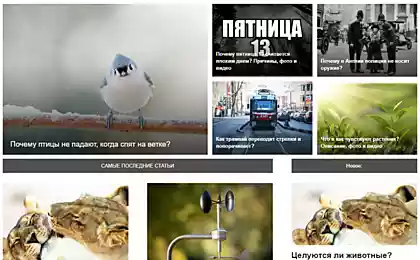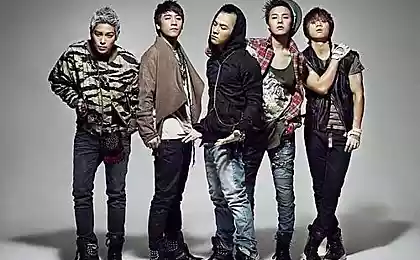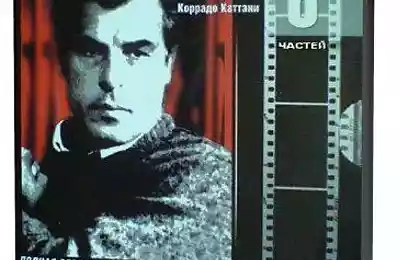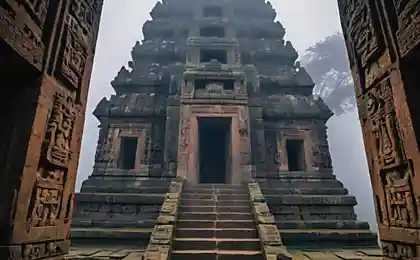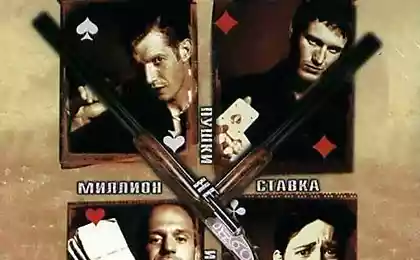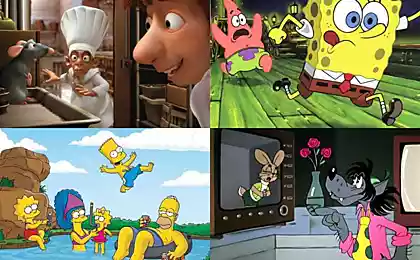1003
Interesting facts about the platypus
In 1797, British naturalist received a parcel from Australia with unusual skin, has never been the type of animal - like a beaver, but with a duck's beak instead of the usual mouth. The scientific community immediately embraced fierce debate. Most were skeptics who called joker-skin fake taxidermy: took beaver pelt and sew her duck's beak. Finally, two years later, the English naturalist George Shaw proved that we are talking about do exist in the nature of the animal and gave it the Latin name corresponding. But then stuck more common: the platypus.
Will be 11 photos + text.

That's what (duckbill) called him early settlers from Europe to master and colonize New South Wales at the Australian continent. Having met an unfamiliar animal, they "instructed" to his care, and scientists have gone further. A quarter of a century later, scientists were puzzled to what class of animals include the platypus. Finally, we found a female platypus breasts. Another 60 years went out to prove that the platypus lays eggs. So he - egg-laying mammal.

Platypus belongs to the order of monotremes. This order of mammals known for the fact that its history goes back at least 110 million years. Consequently, the monotremes among the first to take a biological niche vacated after the extinction of the dinosaurs. In the old days all the current continents were consolidated into a single supercontinent - Gondwana. Migrating on it, the ancestors of the platypus and ended up in Australia. Subsequently, there were.
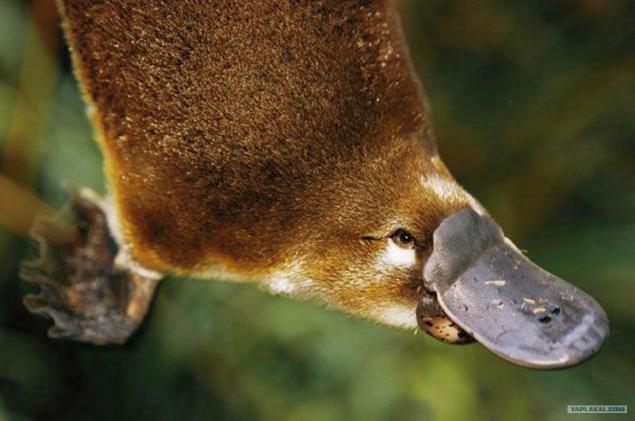
Flat platypus beak, which stretched its front office, has nothing to do with the firm bird. It is formed by two bones in the form of an arc, thin and long, which stretched like elastic bare skin. Therefore, the beak platypus soft. But it is indispensable in the "plowing" of silt at the bottom of the pond. He also catches Troubled animal livestock and clap two cheek pouch. Stuffed them completely, platypus rises to the surface and has a rest lying on the water and at the same time trapeznichaya - frays booty horny jaws.

The front legs of the platypus are universal. When swimming membrane between the fingers wide open - you can swim. When the platypus membrane bends so that the nails are given out - can you dig it (eg, hole). Hind legs are much weaker than the front, and a platypus swimming steers them using flattened tail like a beaver, as a stabilizer.

On both sides of the heads of the platypus has grooves, which are hidden in the eye and ear holes. When the muscles of the head diving platypus reflexively shrink, closing the grooves and valves nostrils. Therefore, underwater animal see, hear or smell. But he has a beak, the skin is literally riddled with nerve endings in the water picks up weak electric field. This allows developed electrolocation platypus accurately locate prey.

Unlike other mammals, the platypus has a unique thermal control system. Start with the fact that the animal's normal body temperature does not rise above 32 degrees. Therefore, in the normal state slowed metabolism. But if enough duckbill misses in cold water, its metabolic rate increases dramatically - 2, 3 times or more! It helps him to survive for several hours until it is saturated.
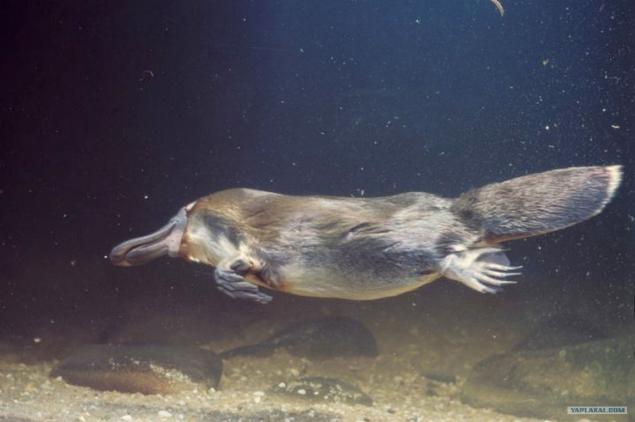
Another difference between the platypus from the vast majority of mammals - are poisonous. On the hip in males and females is iron associated with protowhich spur that falls off at the yearling females and males left. By the beginning of the breeding season, this "dagger" grows up to one and a half centimeters, and the iron starts to produce a complex toxic cocktail. And they are always ready to regale male of his opponent during a marriage match. The venom is strong enough: a medium-sized animal can kill a person to provide pain for many days.

A few figures about the platypus. By water, it spends time to 5 minutes and hours spent on "akvanavtiku" up to 10 hours. On the day of the food it consumes a quarter of its weight, do not forget to postpone fat reserve in its tail. When the average size of 30-40 cm in length, able to dig a 10-meter hole. It falls in a very short hibernation (5-10 days), followed by immediately looking for a female and ride up with other males.
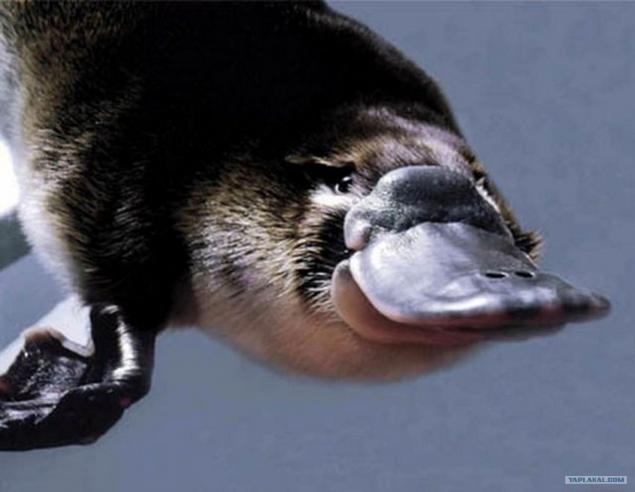
Bede was the platypus, firstly, its valuable fur, because of which it ruthlessly hunted (from skins of 65 platypuses could sew a fur coat). Although hunting is banned in the XX century, his second problem - the high timidity - platypus forced to flee from the colonists imported rabbits digging a here and there their burrows.
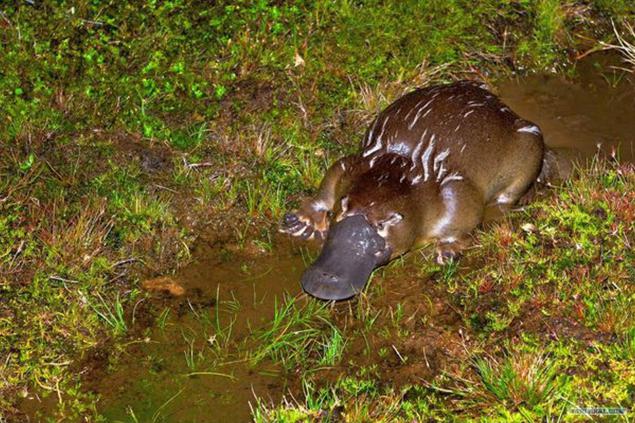
Multiply them in captivity and failed. Now in the International Red Book platypus is listed under the status of LC (least threat). In addition, Australians caring for him a special system of reserves and "safe havens." There platypus can feel safe.
Source: 1001fact.ru/2014/04/interesnye-fakty-ob-utkonose/
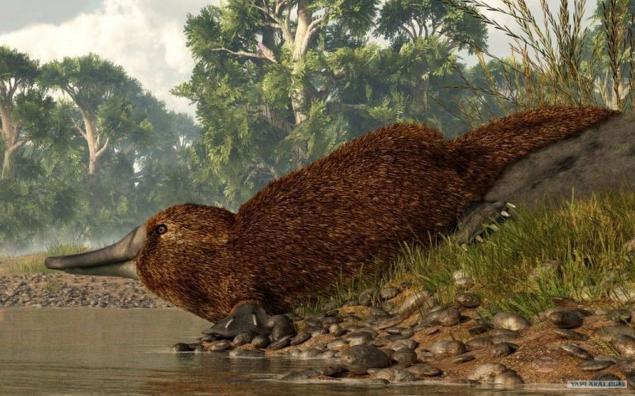
Source:
Will be 11 photos + text.

That's what (duckbill) called him early settlers from Europe to master and colonize New South Wales at the Australian continent. Having met an unfamiliar animal, they "instructed" to his care, and scientists have gone further. A quarter of a century later, scientists were puzzled to what class of animals include the platypus. Finally, we found a female platypus breasts. Another 60 years went out to prove that the platypus lays eggs. So he - egg-laying mammal.

Platypus belongs to the order of monotremes. This order of mammals known for the fact that its history goes back at least 110 million years. Consequently, the monotremes among the first to take a biological niche vacated after the extinction of the dinosaurs. In the old days all the current continents were consolidated into a single supercontinent - Gondwana. Migrating on it, the ancestors of the platypus and ended up in Australia. Subsequently, there were.

Flat platypus beak, which stretched its front office, has nothing to do with the firm bird. It is formed by two bones in the form of an arc, thin and long, which stretched like elastic bare skin. Therefore, the beak platypus soft. But it is indispensable in the "plowing" of silt at the bottom of the pond. He also catches Troubled animal livestock and clap two cheek pouch. Stuffed them completely, platypus rises to the surface and has a rest lying on the water and at the same time trapeznichaya - frays booty horny jaws.

The front legs of the platypus are universal. When swimming membrane between the fingers wide open - you can swim. When the platypus membrane bends so that the nails are given out - can you dig it (eg, hole). Hind legs are much weaker than the front, and a platypus swimming steers them using flattened tail like a beaver, as a stabilizer.

On both sides of the heads of the platypus has grooves, which are hidden in the eye and ear holes. When the muscles of the head diving platypus reflexively shrink, closing the grooves and valves nostrils. Therefore, underwater animal see, hear or smell. But he has a beak, the skin is literally riddled with nerve endings in the water picks up weak electric field. This allows developed electrolocation platypus accurately locate prey.

Unlike other mammals, the platypus has a unique thermal control system. Start with the fact that the animal's normal body temperature does not rise above 32 degrees. Therefore, in the normal state slowed metabolism. But if enough duckbill misses in cold water, its metabolic rate increases dramatically - 2, 3 times or more! It helps him to survive for several hours until it is saturated.

Another difference between the platypus from the vast majority of mammals - are poisonous. On the hip in males and females is iron associated with protowhich spur that falls off at the yearling females and males left. By the beginning of the breeding season, this "dagger" grows up to one and a half centimeters, and the iron starts to produce a complex toxic cocktail. And they are always ready to regale male of his opponent during a marriage match. The venom is strong enough: a medium-sized animal can kill a person to provide pain for many days.

A few figures about the platypus. By water, it spends time to 5 minutes and hours spent on "akvanavtiku" up to 10 hours. On the day of the food it consumes a quarter of its weight, do not forget to postpone fat reserve in its tail. When the average size of 30-40 cm in length, able to dig a 10-meter hole. It falls in a very short hibernation (5-10 days), followed by immediately looking for a female and ride up with other males.

Bede was the platypus, firstly, its valuable fur, because of which it ruthlessly hunted (from skins of 65 platypuses could sew a fur coat). Although hunting is banned in the XX century, his second problem - the high timidity - platypus forced to flee from the colonists imported rabbits digging a here and there their burrows.

Multiply them in captivity and failed. Now in the International Red Book platypus is listed under the status of LC (least threat). In addition, Australians caring for him a special system of reserves and "safe havens." There platypus can feel safe.
Source: 1001fact.ru/2014/04/interesnye-fakty-ob-utkonose/

Source:

